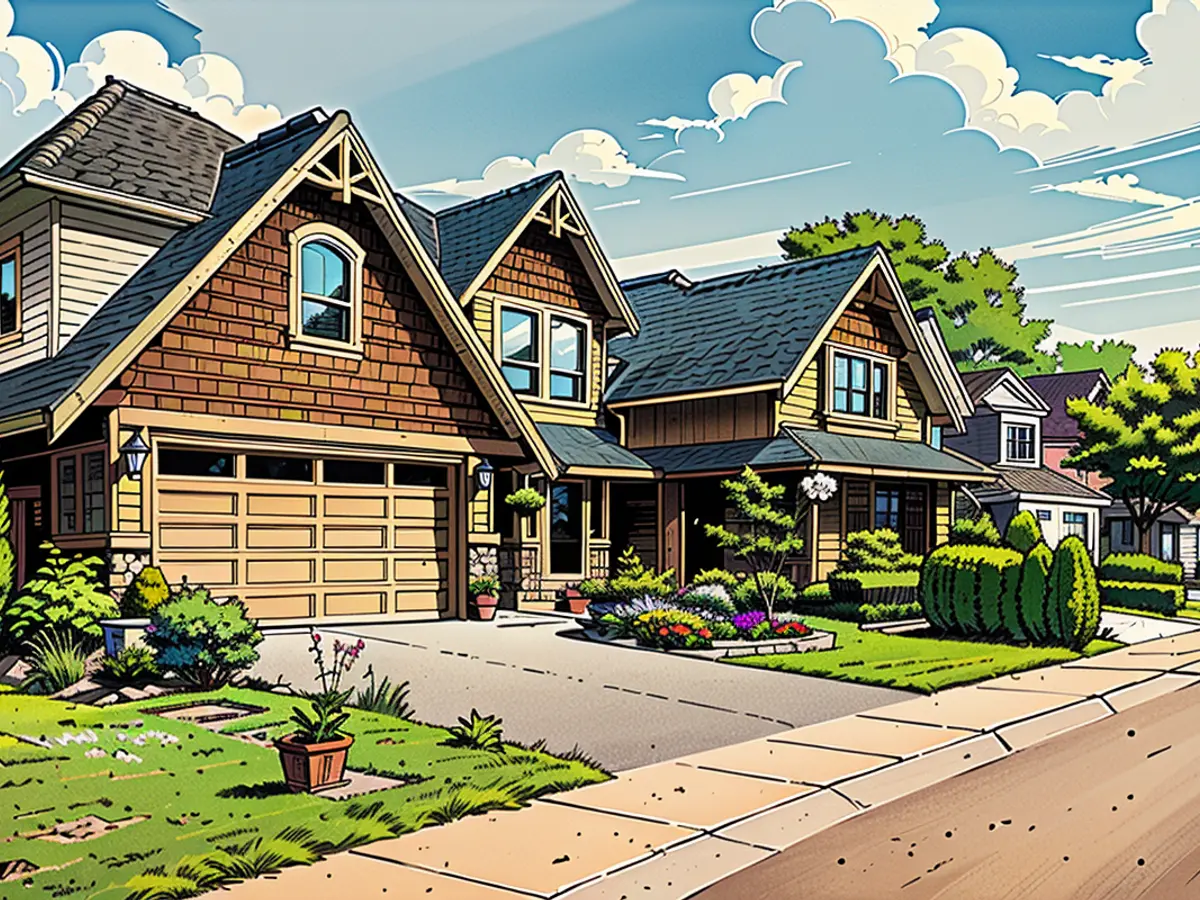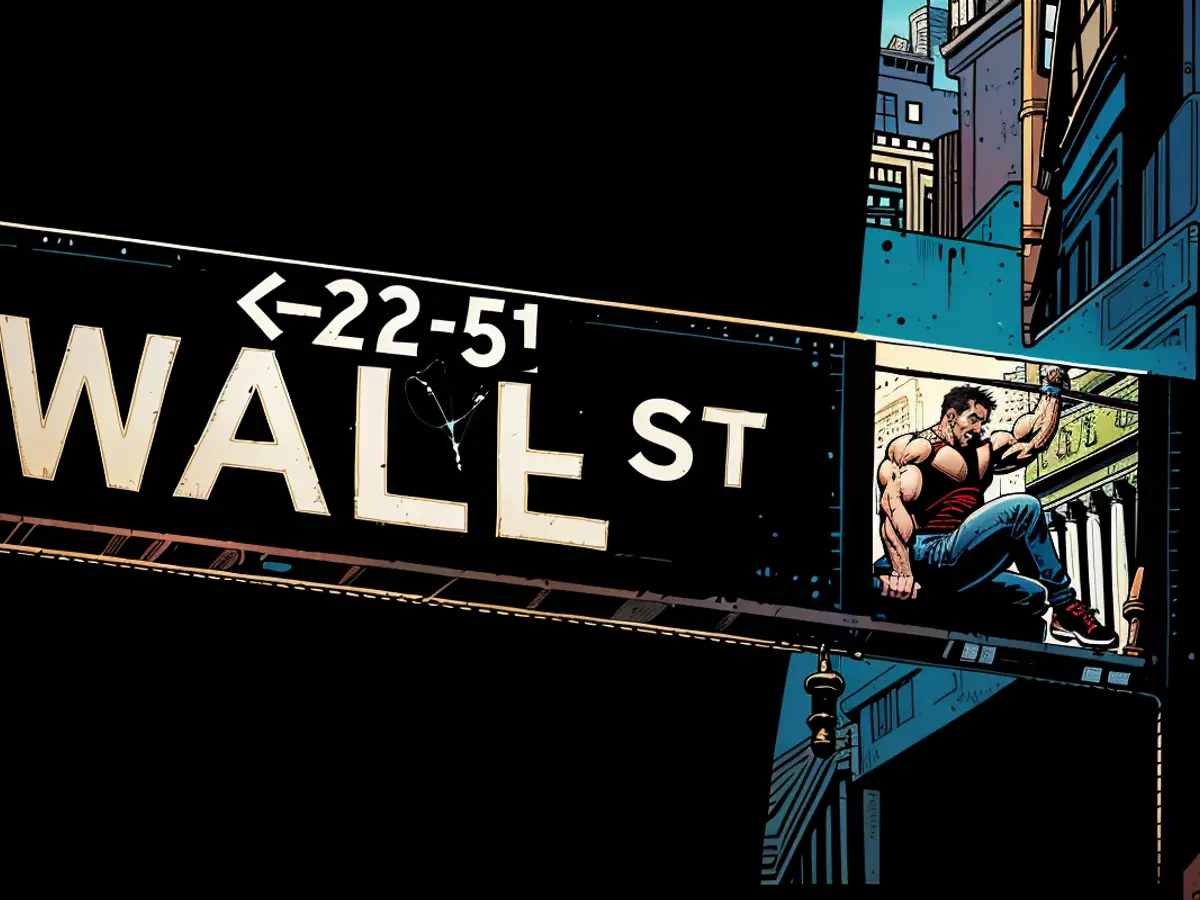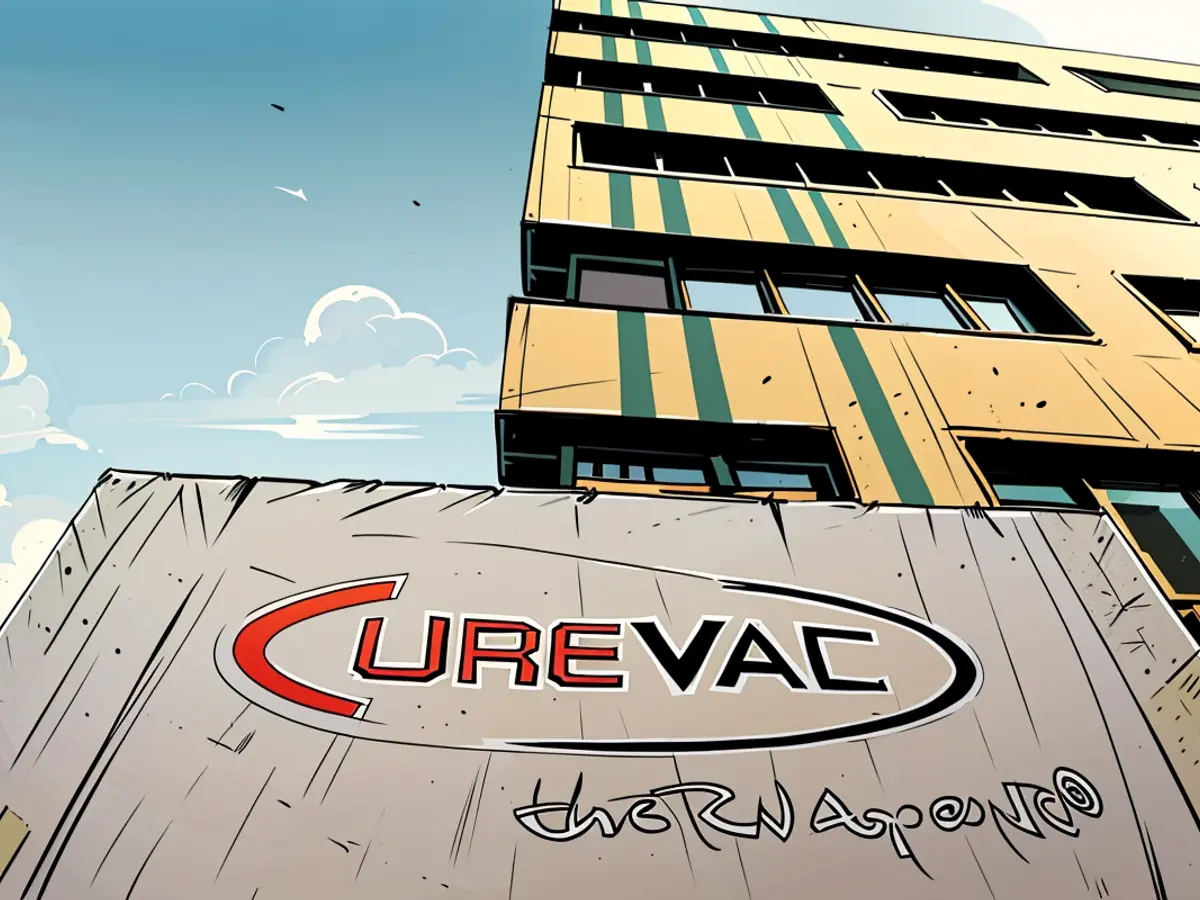The Pros and Cons of a Cash-Out Refinance
A cash-out refinance is a financial tool that allows homeowners to tap into their home's equity by replacing their existing mortgage with a new, larger loan. The difference between the new loan amount and the balance of the old mortgage is provided to the homeowner in cash, which can be used for various purposes such as home improvements, debt consolidation, or other financial needs. However, a bigger loan, naturally, means more debt. Let's take a look at how cash-out refinances work, and when they might—or might not—be the right move for you.
How a cash-out refinance works
In a cash-out refinance, a homeowner takes out a new mortgage for more than they currently owe on their existing loan. For example, if a homeowner owes $200,000 on their current mortgage and their home is worth $300,000, they might opt for a cash-out refinance of $250,000. After paying off the existing $200,000 loan, they would receive the additional $50,000 in cash, minus closing costs and fees.
Pros of cash-out refinancing
Whenever interest rates are on the rise, homeowners who locked in low rates might be reluctant to refinance at higher rates. However, for those who bought homes when rates were higher, cash-out refinancing might still be beneficial. Here are the main draws of cash-out refinancing:
- Lower interest rates: This is the main reason for cash-out refinances. If market rates have dropped since the original mortgage was taken out, a cash-out refinance could potentially offer a lower interest rate.
- Tax deductibility: In many cases, the interest paid on a cash-out refinance used for home improvements may be tax-deductible.
- Large lump sum: Homeowners can access a significant amount of cash at once, which can be useful for major expenses or investments.
- Potential credit score improvement: Using the cash to pay off high-interest debt could improve one's credit score over time.
Cons of cash-out refinancing
While cash-out refinancing can provide some flexibility, it's crucial to approach it strategically and consider the drawbacks.
- Increased debt: The homeowner is taking on more debt, which could be risky if financial circumstances change. If home values decline, the homeowner could end up underwater on their mortgage.
- Higher monthly payments: The new, larger loan often results in higher monthly payments.
- Closing costs: Like any refinance, there are closing costs associated with the process, which can be substantial.
- Risk of foreclosure: If payments can't be met, the home is at risk, since it serves as collateral for the loan.
Cash-out refinance vs. home equity line of credit (HELOC)
Cash-out refinancing reduces home equity in the short term. For example, if a home is worth $300,000 with a $200,000 mortgage balance, the homeowner has $100,000 in equity. If they do a cash-out refinance for $250,000, their equity drops to $50,000 immediately after the transaction. However, if the cash is used for home improvements that increase the property's value, equity may recover or even increase over time.
If you own a home, you should have a home equity line of credit open. While both options allow homeowners to access their home's equity, there are key differences:
- Interest rates: Cash-out refinances typically offer fixed interest rates, while HELOCs usually have variable rates.
- Disbursement: A cash-out refinance provides a lump sum, whereas a HELOC offers a line of credit to draw from as needed.
- Repayment: Cash-out refinances are repaid in fixed monthly installments, while HELOCs often have a draw period with interest-only payments followed by a repayment period.
- Closing costs: Cash-out refinances generally have higher closing costs than HELOCs.
- Impact on existing mortgage: A cash-out refinance replaces the existing mortgage, while a HELOC is a separate loan in addition to the current mortgage.
Besides cash-out refinancing and HELOCs, other options include:
- Home equity loans: Similar to cash-out refinancing but as a separate loan, often with higher interest rates
- Reverse mortgages: For homeowners 62 and older, allowing them to borrow against equity without monthly payments
- Personal loans: Unsecured loans that don't use the home as collateral but typically have higher interest rates
How to qualify for a cash-out refinance
To qualify for a cash-out refinance, homeowners typically need:
- A credit score of 620 or higher (some lenders may require higher scores)
- A debt-to-income ratio below 43% (including the new loan payment)
- At least 20% equity remaining in the home after the refinance
- A stable income and employment history
- A home appraisal to determine current value
Lenders will also review the homeowner's payment history on the existing mortgage and other debts.
What else to keep in mind
Before opting for a cash-out refinance, homeowners should carefully consider their financial goals, current interest rates, and long-term plans for the property. It's crucial to ensure that the benefits outweigh the costs and risks associated with increasing the overall mortgage debt. Cash-out refinancing can have significant long-term effects:
- Extended loan term: Refinancing often resets the loan term, potentially extending the time until the mortgage is fully paid off.
- Retirement planning: Using home equity now may reduce assets available for retirement.
- Investment opportunities: The cash could be used for investments that outperform the interest rate on the mortgage.
- Tax implications: Interest on cash used for home improvements may be tax-deductible, affecting overall tax strategy.
To mitigate these risks, don't take out more than necessary and have a solid repayment plan. Compare offers from multiple lenders to ensure the best terms, and don't hesitate to consult with a financial advisor to understand the long-term implications.
A cash-out refinance can be a powerful financial tool when used wisely. However, it's essential to weigh the pros and cons carefully and consider alternatives like HELOCs before making a decision. Consulting with a financial advisor or mortgage professional can help homeowners make the best choice for their individual circumstances.
- If a homeowner decides to use the cash from a cash-out refinance for debt consolidation, they can potentially reduce their monthly payments by consolidating high-interest debt into a single, lower-interest loan.
- After completing a cash-out refinance, homeowners should be mindful of their new budget, as the increased debt and higher monthly payments could necessitate adjustments in their spending habits.








